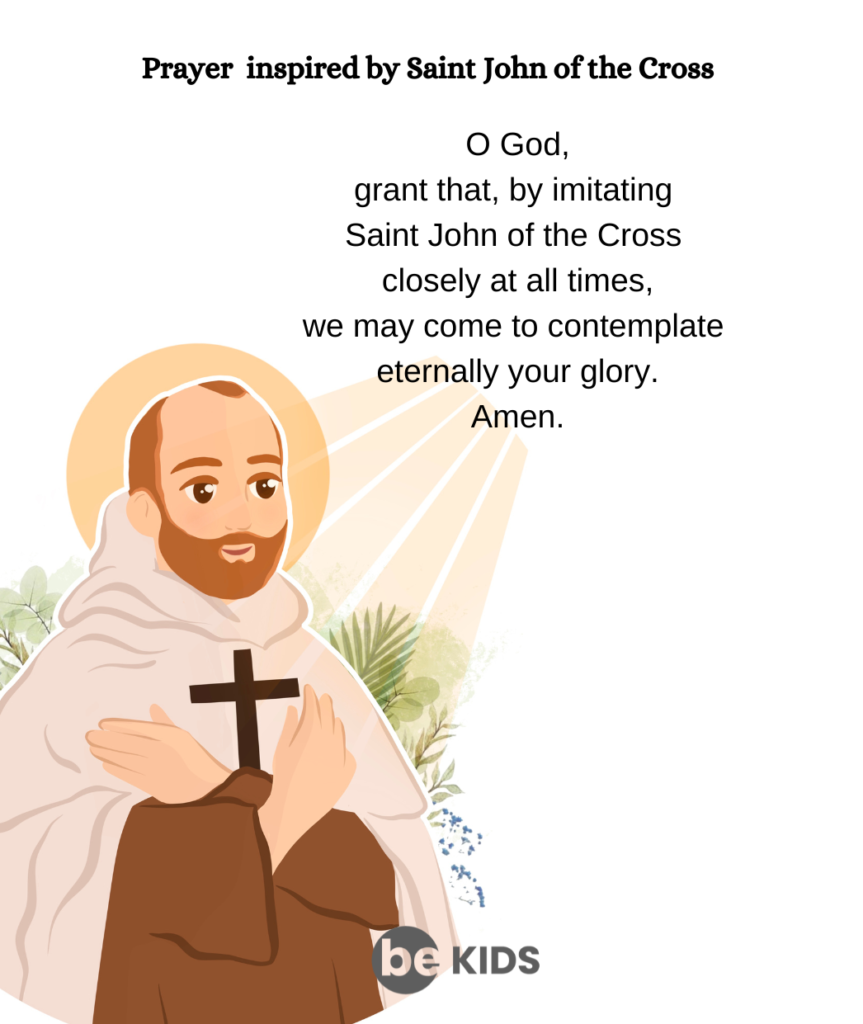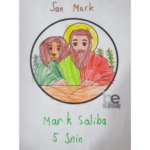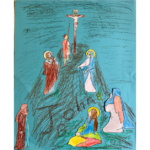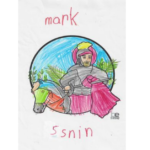
What is a mystic? A mystic is a very holy person whose greatest desire is a loving and profound union with God, a person whose aim in life is to strive to achieve that union.
St. John of the Cross has been acclaimed as a mystic and also a Doctor of the Church, because besides living a very holy life, his teaching and writings are outstanding and beneficial to the Catholic Faith. Besides, to this day he remains to be known as a Spanish poet of deep spiritual thought.
He was Spanish, born in 1542, in Fontiveros, Avila. His birth name was Juan de Yepes y Alvarez. He grew up in poverty, because although his father had a good position as an accountant in a prosperous family business, he was disowned by his own family when he married Catalina, a poor woman from a lower class.
When John was only 3 years old, his father died and two years later even his older brother Luis died. His mother, luckily started to work as a weaver, but she still struggled to keep her family fed and clothed.
Eventually John was put in a boarding school for orphans and later while attending a Jesuit school he also worked in a hospital. John was drawn to religious life and at the age of 21 he joined the Carmelite Order, with the Name of John of St. Matthias. After taking his vows, he was sent to the University in Salamanca, to study Theology and Philosophy. He was ordained priest when he was 25. During this time, he started considering joining the Carthusians, an Order of monks who lived in individual cells, leading a quiet life of meditation. At the same time he met Theresa of Avila, a Carmelite nun, who was reintroducing a stricter form of the Carmelite Order based on a simple life of prayer and poverty. Her followers were known as ‘Discalced Carmelites’ because they went barefoot.
John, together with a number of other Carmelite Friars relocated to Avila, following Theresa, who was striving to bring back the original and stricter rules of the Carmelite Order that had been adapted to make life easier for the friars. She had founded a new monastery for the Discalced Carmelite Friars who had opted to follow the stricter rule. From then on, John took the name of John of the Cross.
Conflicts flared between the Discalced Carmelites and the other Carmelites.
In 1577, John was kidnapped, taken to the monastery in Toledo, put on trial and imprisoned as punishment. For nine months he was locked in a small cell in the monastery, fed only bread and water and some salted fish. John managed to escape and joined the Discalced Carmelites once more after being hospitalized for six weeks.
He continued to be a central personality within the Discalced Carmelite Order after Pope Gregory, in 1580, authorized a formal split within the Carmelite Order. From then on, John of the Cross travelled around Spain to establish new houses of the Discalced Carmelites.
John of the Cross died on the 14th December 1599, when a severe skin condition resulted in a fatal infection.
St. John of the Cross continues to be remembered not only for his holiness and profound spirituality but also for the “The Spiritual Canticle “ and the “Dark Night of the Soul”, that are still regarded as masterpieces of Spanish poetry and spiritual writings. He is also remembered for the impressive pencil drawing that John drew after a mystical vision of the Crucified Christ. He named it “Christ Above.”
Also visit here.












